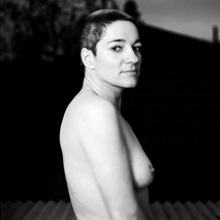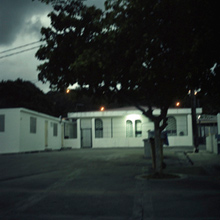Photographer Caroline Juillard
Artist statement and photos by Caroline Juillard
Swiss artist Caroline Juillard is based in Geneva. She studied photography at Ecole de photographie de Vevey. Caroline has studied with several well-known fine art photographers from Europe and the US. In 2005 she received the Swiss laureat European FNAC Photography Prize.
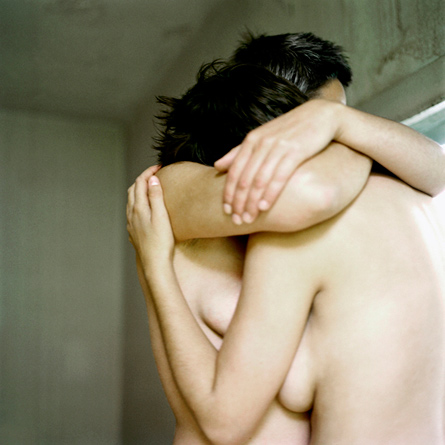
Drama, photo by Caroline Juillard, 2009
Caroline Julliard has told Feminine Moments about her latest photographic series:
‘My work is based on the lives of my friends, my lovers, and myself: a personal diary. I use intimate photography as a media to show a sensitive and subconscious approach of reality.
I started in 2000 with self-portraits, and when I met my partner, Lorna, in 2002, I started on my series ‘couples ‘ and ‘troubles ‘, which are still my work in progress. My homosexual relationship has been a great inspiration for my photography and my pictures of lesbian couples, and portrait of loving relationships.
Gender is confusing, but I always ‘shoot’ my models with infinite tenderness. My landscapes evoke more darkness than my portraits, and I often used them as punctuation between happiness and drama.
Viewers of my pictures often feel a foreboding sense of dramatic events to come, and some of their hidden and unspoken fears seem to be revealed to them. During some slideshows, I noticed, the silence became heavy, and I felt that my photos could trouble and upsets people. Homosexuality and death are still very much a taboo in a modern country like Switzerland. ‘
‘Lorna – recovery from car accident’ and ‘Capesterre”, photos by Caroline Juillard, 2009
Christian Maccotta describes Caroline Julliard and her artworks:
‘Caroline Juillard confronts portraits and places. Places waiting to be occupied, bodies poised in a kind of absence. A question of ‘rendez-vous manqués’. Couples, whose flesh fills the frame, but who look as if they are desperately trying to fill a void. The function of photography, within the sphere of intimacy, is inverted: No longer expected to confirm physical presence, it is here more likely to announce imminent disappearance or incipient absence. Bathed in semi-darkness or softened light, these images are those of everyday life imbued with a trace of the sacred: An empty bath, an unmade bed, a corridor, a deserted parking lot – all memories or presages of sacrifices and rituals impregnating physical matter and silent air alike.
The movements of naked bodies, when suggested by the image, could either be those of desire or solace, anticipating joys or tragedies to come.’
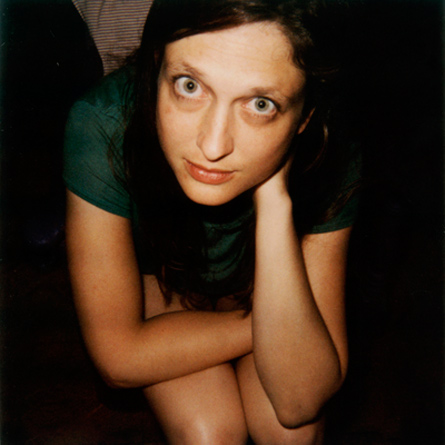
‘Magali’, photo by Caroline Juillard, 2009
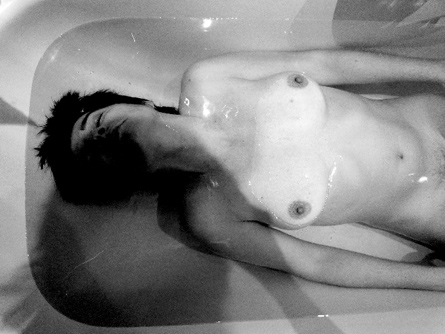
‘Apnea’, photo by Caroline Juillard, 2009
